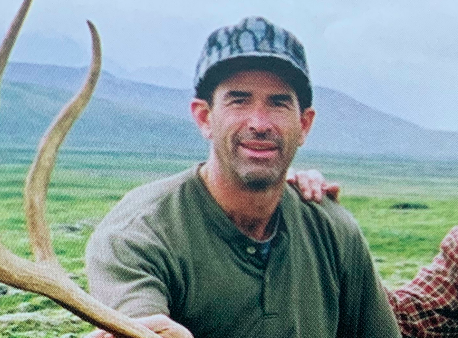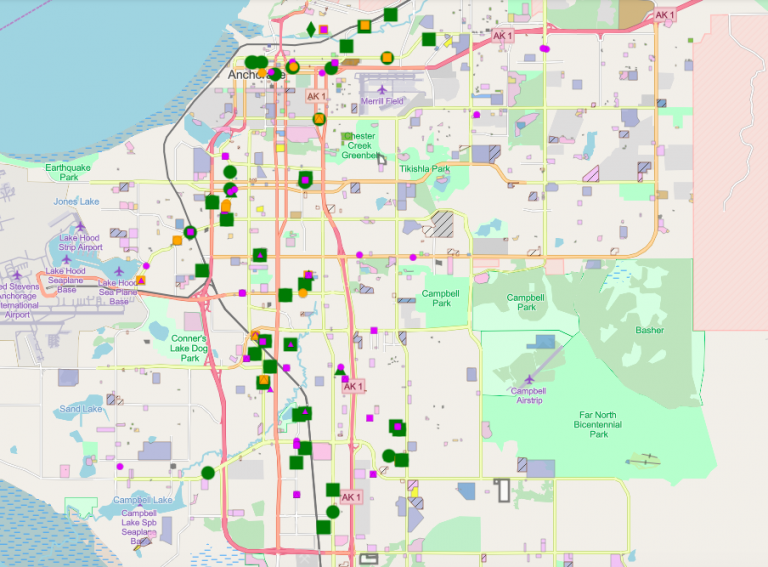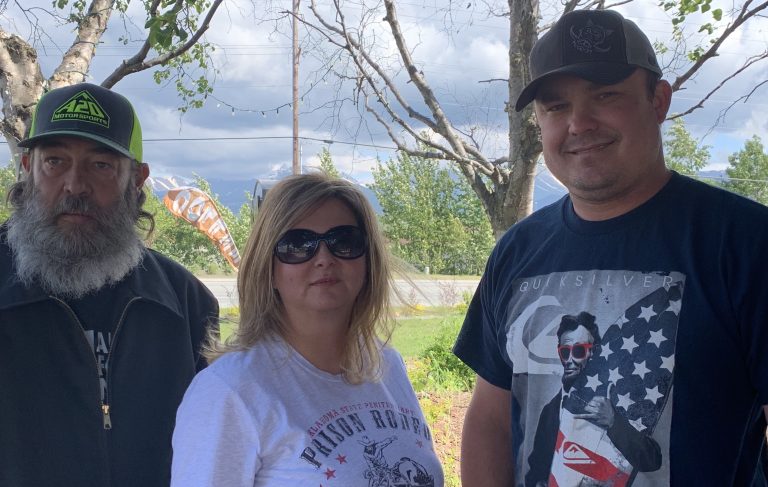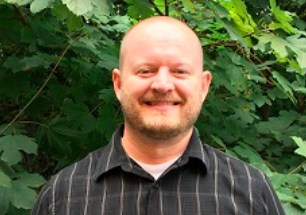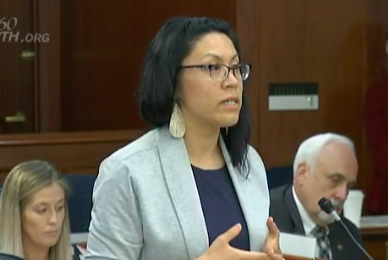In the previous episode, the three men had survived a violent and unexpected windstorm that threatened their venture. They just finished relocating their airplanes and camp to what appeared to be a safer, more sheltered area. They are surrounded by distant groups of caribou and are finally in a position to find a big bull for Bob Lacher’s father, Bob Sr.
By BOB LACHER
The winds had softened to 20 with just occasional and short lived spikes. We welcomed the dramatic change. Sun was showing in fits and starts for the first time of the entire trip, stabbing columns of light onto the darkly greened hills in the distance, shifting, disappearing and recasting through tight holes in the low clouds. The weather was better but reminding us constantly of how very unsettled Aleutian weather is in general.
Good spirits were pushing aside the stress of the last 24 hours spent on a high wire. Banter flowed easily without the need to out-yell the wind with a worn out throat during the simplest of exchanges. Stories emerged about who thought this or that about the previous day’s eroding conditions, about contingency plans that were never shared, let alone put to a vote, about the ferocity of this or that series of gusts, about living the oppressive thrill throughout the night, one hour at a time, caged like an animal.
Gear sorting and the pitching of camp pattered along unhurried, rhythmically, in perfect step to our relaxed surroundings, in a shared solitude, in communion with everything and nothing at all, taking more time than any task needed, and much more than that if you wanted it to, or if the lightweight tool or toy in your hand held a particular interest for you just then, and you were deciding if it would be useful enough to make the cut…and actually make it into your day pack that would sustain next day’s hunt, stalk and kill.
Fattened up by a good meal and in shrinking evening light we walked to some higher points within a hundred yards of camp to do some glassing. Caribou were in every quadrant radiating out from our stoop.
We saw lots of cows grazing and cavorting with medium size bulls, other bulls with horns mated up, in slow motion pushing contests that were establishing not much of anything by way of dominance as far as I could tell. It appeared far too casual to be definitive, like play wresting amongst best friends. We also saw a small group of cows with one real champ of a bull to our southwest, out about half a mile.
We watched it for as long as we could, until our eyes watered so heavily and continually from the wind that it was wearing to continually clear them.
The group had four or five smaller bulls with it but the dominant bull was for sure the ball smasher of this harem. Double shovels, large bases, bejeweled with thick tines in quantity like overdone Christmas tree decorations. In the morning, providing the group had not moved very far, we’d go after that one. We retreated to camp.
Everyone was excited about our good fortune and hopeful that the weather would hold and allow a successful hunt. After not getting any rest during the gale the night before, sleep came easily. I had hardly crawled in my bag and a symphony of snoring rose from Frank and my father.
Normally my strategy is to beat the snorers to sleep. Even the jowl flogging and tongue snagging noises were nothing compared to the wind racket that had worn me so thin the night before, so falling asleep was a snap.
Closing my eyes, I allowed myself a final mental walk- through of how in the morning we would move up on that herd bull with, unfortunately, zero cover between us and them, and give the big daddy a one-way ticket to Wasilla. I was halfway through the perfect stalk, making my way in a super-stealthy commando belly crawl when my lights blinkered out.
On the Aleutians one thing is certain; there is zero possibility of waking up to the sound of birds tweeting, say, or a bubbling brook. No. It is always the ever present slapping of tent fabric, the invisible forces tearing at the small structure, reporting to your ears as though surrounded by an army of antagonists snapping wet towels about your head.
And so we rose, rubbed our gritty eyes clear, and stretched and yawned our way into another day of 35 to 40 mph wind. Of course all anyone was thinking about was if the herd had moved, or how far.
Skipping even the morning coffee, we layered up and headed for the close high ground just a hundred yards from the tent and then got on the field glasses to try to find them. The group we wanted had moved, but just rotated around our camp about 90 degrees, and we were still quite close, about half a mile, and at a direct crosswind to them. They were relaxed and grazing.
Given how relaxed these caribou were, I found it odd that through the night, nearly every other small group and even stragglers had migrated outward from our position, as though our landing and camping registered with nearly all the caribou, as though we were the Big Bang and they were planets and stars accelerating ever so slowly away from our epicenter. Every group except the one we wanted was now two to three miles out. It was a lucky break. My father would hold up better with a shorter stalk.
Dad can walk just fine for miles under normal conditions. But this tundra looked like a field of four foot beach balls crammed together with a thin green blanket draped loosely over them. It was a brutal up and down “high stepping” and the surface itself was mushy and grossly uneven underfoot.
Difficult when sober but impossible after three beers describes it pretty well. We hung tight to the ground in labored crouches and closed the distance to the group. The wind was nearly a direct cross, howling and masking any amount of noise we could possibly make. The only cover we had was the lumpy terrain.
When the three of us got within 175 yards there was a final depression allowing slightly more cover before it flattened out to an open plain of sand and low grasses that the group of caribou was cavorting and grazing in. Up closer the big bull looked to be all we’d thought it was as we made a final appraisal. My father wasted no time getting to prone and building a rest out of my rucksack full of game bags.
Once a couple of cows moved out from in front of the bull my father had a steady rest and a clear shot and so he aimed carefully, took a deep breath…and let one fly. The crack from the gun barrel disrupted the relative quiet but the noise was quickly swept away by the crosswind. Nothing at all happened. Some nervous glances in about every direction came from the several caribou.
They were now alert…
The series continues on June 15
Alaska Raw, Part 4: A night in the Cold Bay ‘hotel’, and beach landing in a howling gale
Alaska Raw, Part 4: A night in the Cold Bay ‘hotel’, and beach landing in a howling gale
[Read: Part 3: Bent wing and dead walrus on the beach]
[Read: Part 2: No way to land an airplane]
[Read Chapter 1, Part 1: A caribou hunt with my father, Unimak Island, 2004]
